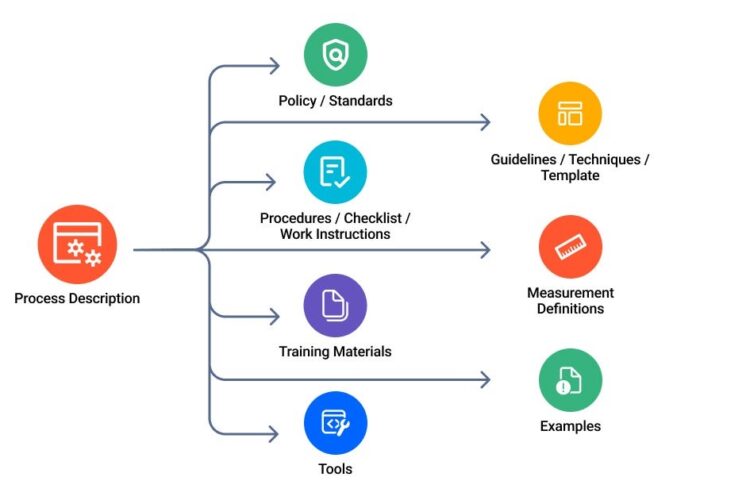Professionals with many clients, projects, or regular engagements frequently find it difficult to control information and document flow. Manually tracking requests, reminding others, and discovering errors requires time and effort. Especially for annual cycles or regular procedures, these recurring tasks might appear like beginning again with every new client or project phase. Modern request list management systems with rollovers and templates may help to streamline a laborious process into a sensible routine.
The Task of Repeated Request Challenge
Imagine beginning the annual audit or signing a new client. Sometimes this means manually reassigning tasks without a system, copying and pasting from previous spreadsheets, changing dates, and digging through historical data. This analog approach takes time and is prone to human mistake. Your team and customer may be delayed, confused, and frustrated by forgotten things, mistakes in deadlines, and inconsistent request forms. Although a basic request list tool provides a single location, its real value is in features that stop recurrent setup effort, thus preserving consistency and accelerating activities.
Simplifying Assembly using Templates
Templates guide your starting point for new client connections or initiatives. Instead of starting from blank or a disorganized old file, request list templates let you pre-configure lists of requests according to a service type. Templates could include suggested chores, internal notes, required paperwork, and defined objects. When you welcome a new client, choose the template for a standard service; immediately a comprehensive request list is generated. This functions as a knowledge source capturing best practices directly in your workflow, guaranteeing that every service client receives the same comprehensive and consistent request list, and saves several hours on setup.
Simple Recurring Events with Rollovers
For new clients or service types, templates are wonderful; yet, recurrent business depends on rollovers. The core request list is generally the same for clients with annual reports, quarterly reviews, or ongoing projects. Rollover features help you quickly copy a whole or partially finished request list from a past engagement session for the same client into a new one. This emphasizes organization, item descriptions, and usually keeps context similar to notes or assignments. You could add things, change dates, or delete finished one-offs instead of beginning again. For repeated tasks, this saves a lot of time and frees your employees to focus on more important responsibilities.
Compound benefits and workflow integration
Powerful tools in dynamic request list systems include templates and rollovers. They drastically cut client unreliability, hand process errors, and administrative setup time. This efficiency benefit mostly relates to capacity, scalability, and speed. By automating request list creation, your team might handle projects or more clients without raising administrative expenses. Combining these elements into a complete platform with real-time updates, shared access, and integrated e-signature capabilities for turning documents into signed items results in a flawless, end-to- end workflow that increases output and lets your professionals concentrate on delivering high-quality service.

